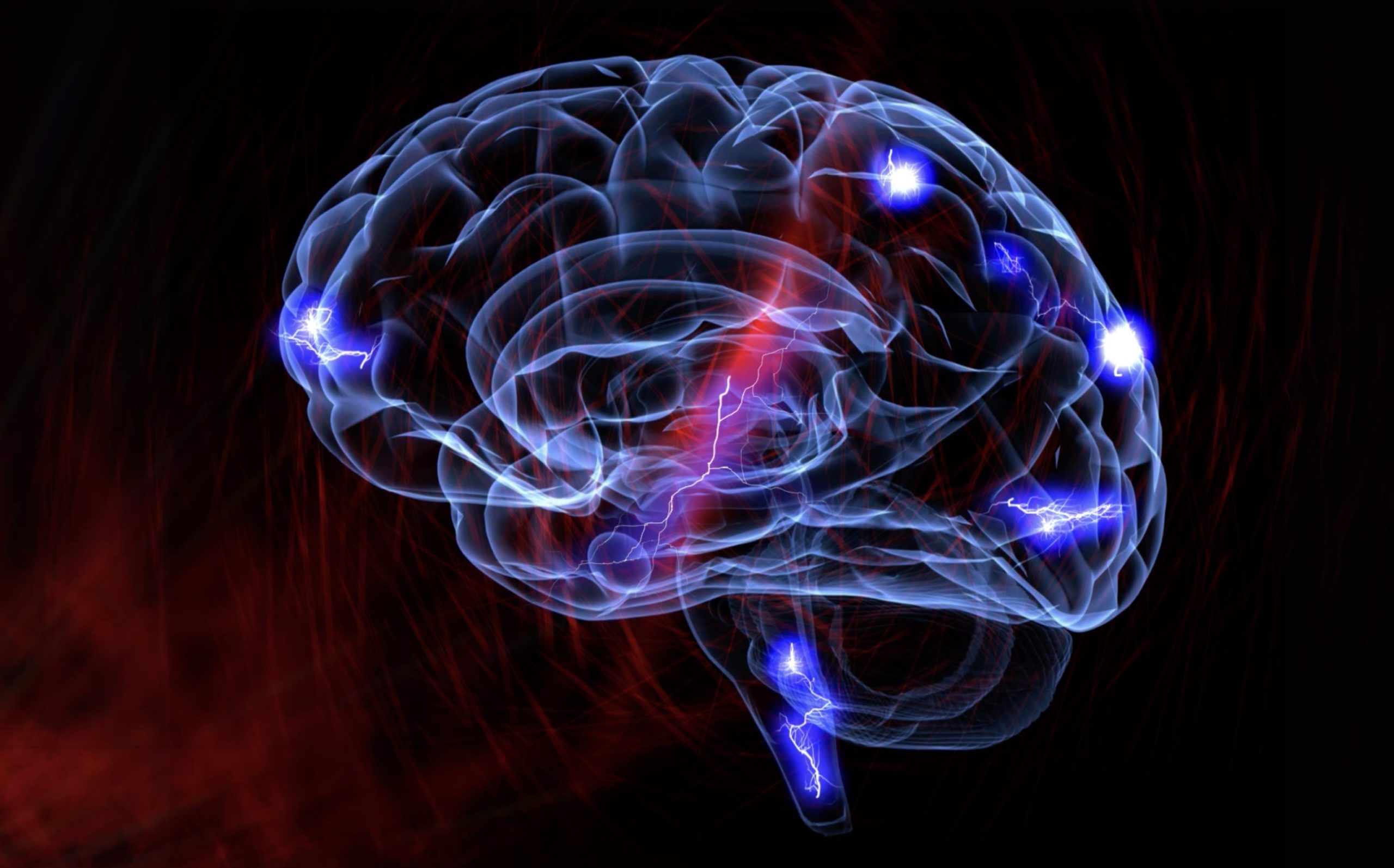People do not only hear with their ears: US scientist Patrick Flanagan came to this sensational conclusion as early as 1958.
His research led to the development of the Neurophone, which transmits sounds through the skin directly to the brain. This allows us to synchronize our brain hemispheres, learn subconsciously (effective learning while sleeping) and strengthen our memory. This is the story of Patrick Flanagan and his Neurophone.
Gilles Patrick Flanagan was born in Oklahoma City in 1944. At the age of eleven, the inquisitive American already developed and sold a guided missile detector to the US military. At seventeen, he got his pilot’s and amateur radio operator’s licence and was employed by a Pentagon think tank. He later worked as a consultant for the NSA, the CIA, NASA, Tufts University, the Office of Naval Research and the Aberdeen Proving Grounds for the Unconventional Weapons and Warfare Division.
An unknown human sense
12-year-old Flanagan got the idea for the Neurophone from a science fiction novel. In it, the main character had a device that delivered information directly to his brain via electrodes while he slept. With this device, he could learn faster, Flanagan thought, and set to work. He developed the prototype within half a year, from old electrical parts and other finds in his parents’ household. He made the electrodes out of metal sponges. One night, he finally managed to hear sounds with his device. The sound quality was poor, but his “electrodes” actually transmitted sound signals through the skin into the brain.
With his Neurophone, Flanagan rather accidentally discovered a human sense that was previously unknown: hearing through the skin by means of ultrasound. Humans cannot hear ultrasound, but whales and dolphins communicate precisely in this frequency range. Patrick Flanagan even considered it possible that our ancestors could have communicated directly with whales and dolphins.
How does the Neurophone work?
The Neurophone is suitable for fast learning, increases creativity and activates the vagus / parasympathetic nervous system. According to a study, one can learn five times faster with the Neurophone than with conventional fast learning methods (Superlearning etc.). One of Flanagan’s co-workers learned Hungarian with it while reading other things or relaxing at the same time. The Neurophone can stimulate specific frequency ranges of our brain waves, especially the alpha state 8-12 Hz and theta state 3-8 Hz. It synchronizes our two brain hemispheres within a few minutes, relaxes body and mind, improves and accelerates the effects of meditation exercises or hypnotherapy.
An ultrasound signal in the range of 40 kHz to 100 kHz is supplied via electrodes (sound transducers) through the skin. This signal can be modulated with any audio signal (music, language courses) fed in from a connected source. The frequency, which is no longer acoustically perceptible, is conducted through the skin into the body to the Sacculus organ of equilibrium. The “encoded” information is further conducted to the brain and subconscious and “decoded” there. One now “hears” the audio signal – without listening with the ears or the bone conduction.
The invention of the Neurophone earned Flanagan a major article in Life magazine, which called him a “unique, mature and curious scientist”. In 1968, he finally received the US patent for it. Flanagan continued to develop the Neurophone – today it is offered as an aid to faster learning. You can read his detailed memoirs on the history of the Neurophone’s creation here (English text).
A life for science: uncompromising and innovative
From 1981, Flanagan focused on useful devices and products based on water and certain mineral structures. His discovery of the special properties of the negative hydride ion was first ridiculed, but attracted great attention when the Nobel Prize winner Chandrasekhar proposed it as the main component of distant space. Journals such as the “International Journal of Hydrogen Energy” and the “Free Radical Biology and Medicine” published several scientific papers by Flanagan on silicon hydrogen compounds.
Flanagan continued his activities as a scientist, inventor and philanthropist until his death in 2019. He promoted new scientific approaches to human healing, especially those based on the great traditions of India and Egypt. Always, Flanagan called for his research and discoveries to be closely scrutinized by the medical and scientific community. These efforts resulted in the scientific community validating and embracing his extraordinary contributions. Academics and researchers at universities from Oxford to Stanford began to study his groundbreaking discoveries and teach them to the scientists of the future.
Part 1 of our series: Learning in your sleep
Go to part 2: Subliminal stimuli: Can they help you learn in your sleep?
Go to part 3: Hypnosis: Effective therapy to get rid of old mental ballast
Go to part 4: The development of the IQ Balancer


